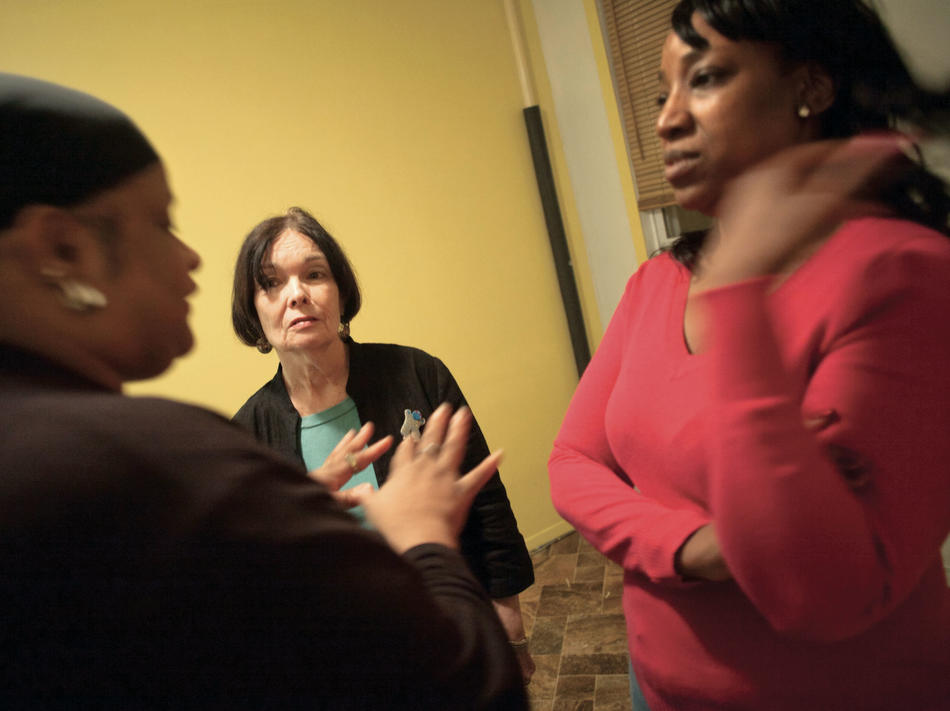When a single mother goes to prison, what happens to her children?
Often, they are placed in foster care, which is not only expensive for the state but can contribute to social and behavioral problems for the child and lead to trouble in school.
In 2008, the office of Brooklyn district attorney Charles Hynes, with the children’s interests in mind, tried a different approach: it began sending small numbers of female convicts to serve their sentences in a three-story stucco house in Brownsville, Brooklyn, with their children. If the women completed a one- or two-year stay at the group home — where residents are free to come and go but must pay rent, do chores, attend rehabilitation courses, and observe a 7 p.m. curfew — they could avoid jail time altogether.
The district attorney’s office also called in Mary Byrne, a Columbia nursing professor who is an expert on how children deal with a parent’s incarceration, to monitor the program and determine its impact. Last year, Byrne and several members of her research team visited the facility, known as Drew House, regularly over a period of seven months to observe life there: they watched the mothers interact with their children, shared meals with the residents, played with the kids, and interviewed case managers who run the residence.
This past fall, the Columbia researchers published a report calling Drew House a model “alternative-to-incarceration” program and recommending that it be replicated elsewhere. “The children have benefited in pretty dramatic ways,” says Lorie Smith Goshin ’10NRS, an associate research scientist at the Columbia School of Nursing and the report’s lead author. “They’re attending school regularly, they’re meeting their developmental milestones, and they seem happy overall.”
The program also seems to be good for the mothers’ rehabilitation: of the nine women selected to live at Drew House since 2008, six have completed the program successfully and two are nearly finished, with only one woman needing to be transferred to a more secure detention facility. The women who completed the program have all stayed out of trouble since. “Drew House strengthened these families without compromising public safety,” the Columbia report states.
According to Byrne, Drew House is the only facility in the United States where women convicted of felonies can live with their school-age children while serving time. Byrne’s past research has focused on “prison nurseries,” where incarcerated women are permitted to live with their newborns in a separate section of a prison for the first year or two of their children’s lives. These programs are similarly beneficial for both women and their children, Byrne has found, but they are rare: fewer than a dozen prison nurseries exist in the United States, one being at the Bedford Hills Correctional Facility for Women in Westchester County, New York.
“All criminal-rehabilitation programs tend to have trouble getting funding for political reasons, and those that would help mothers and children stay together face special scrutiny,” says Byrne, whose team is continuing to follow Drew House’s former residents. “Many people assume that a convict’s children ought to be taken away from her because she probably isn’t a very good parent to begin with. But that’s not necessarily the case, especially when a woman receives parenting-support services and guidance. These children can thrive, we’re finding, when the family is able to stay together.”



